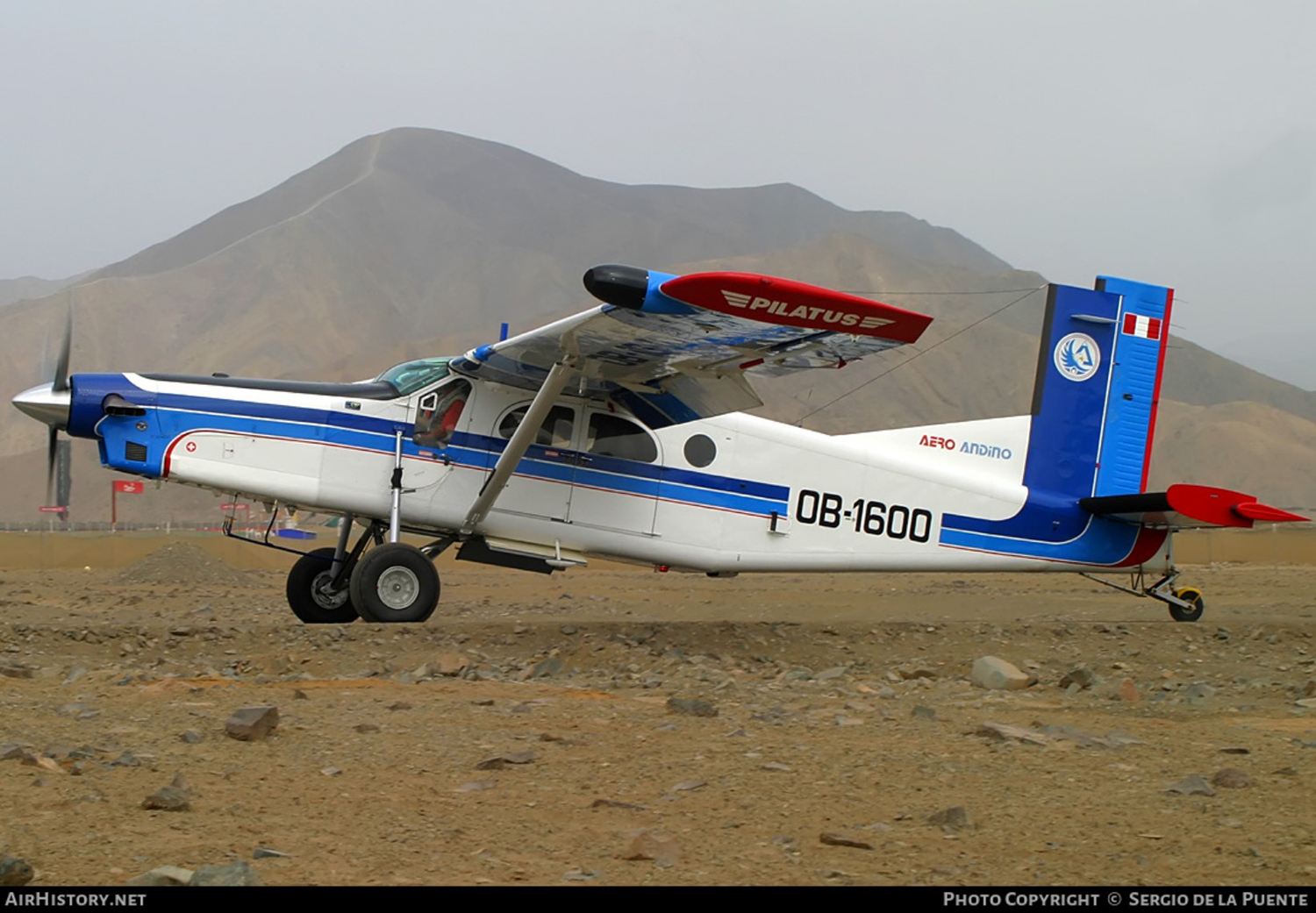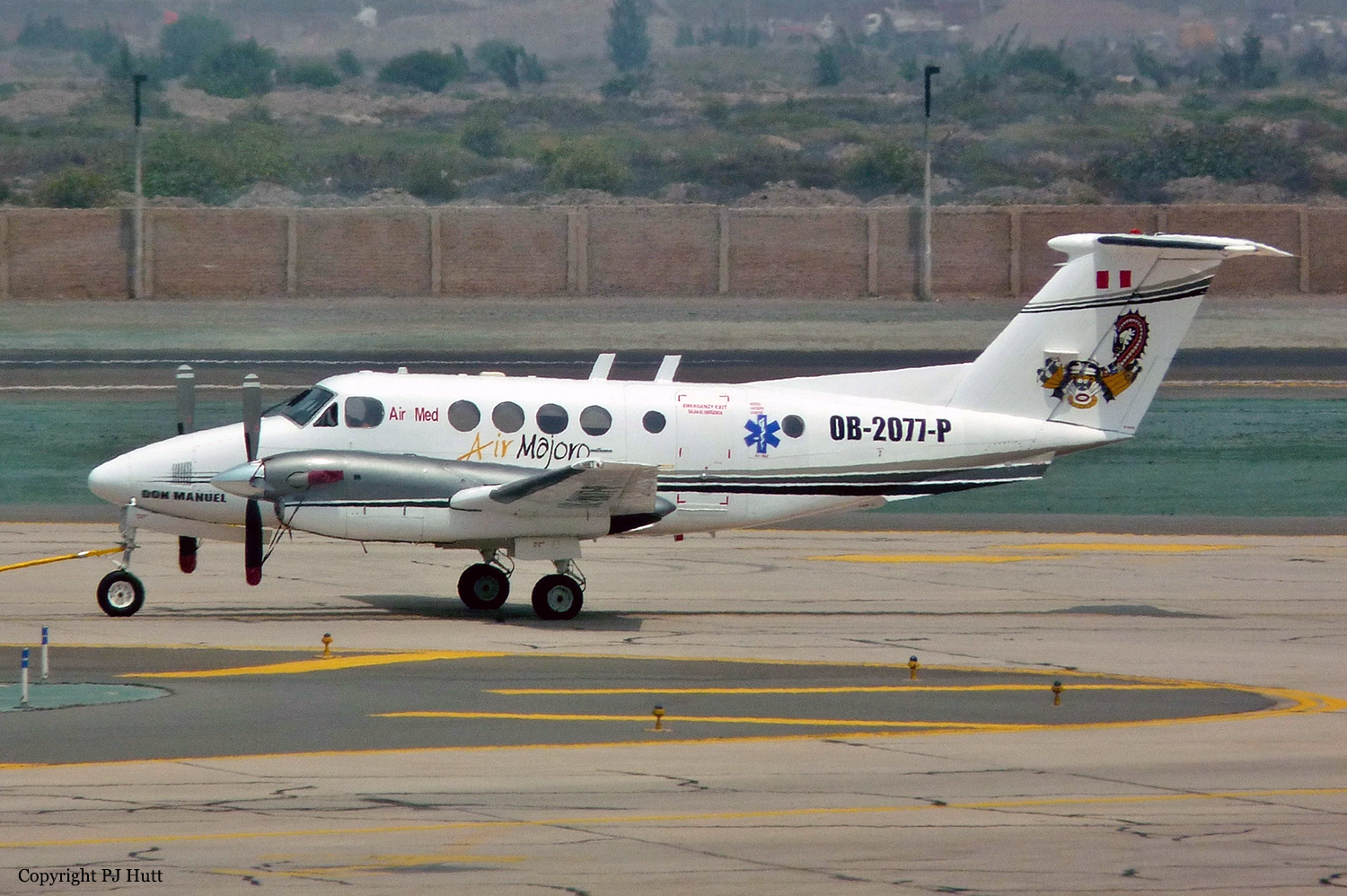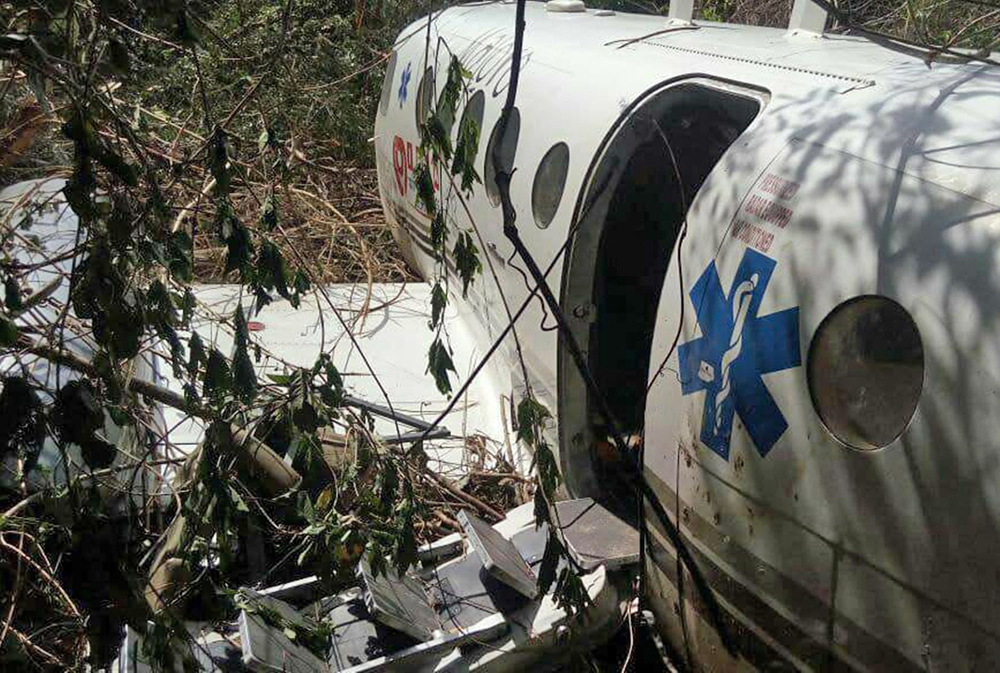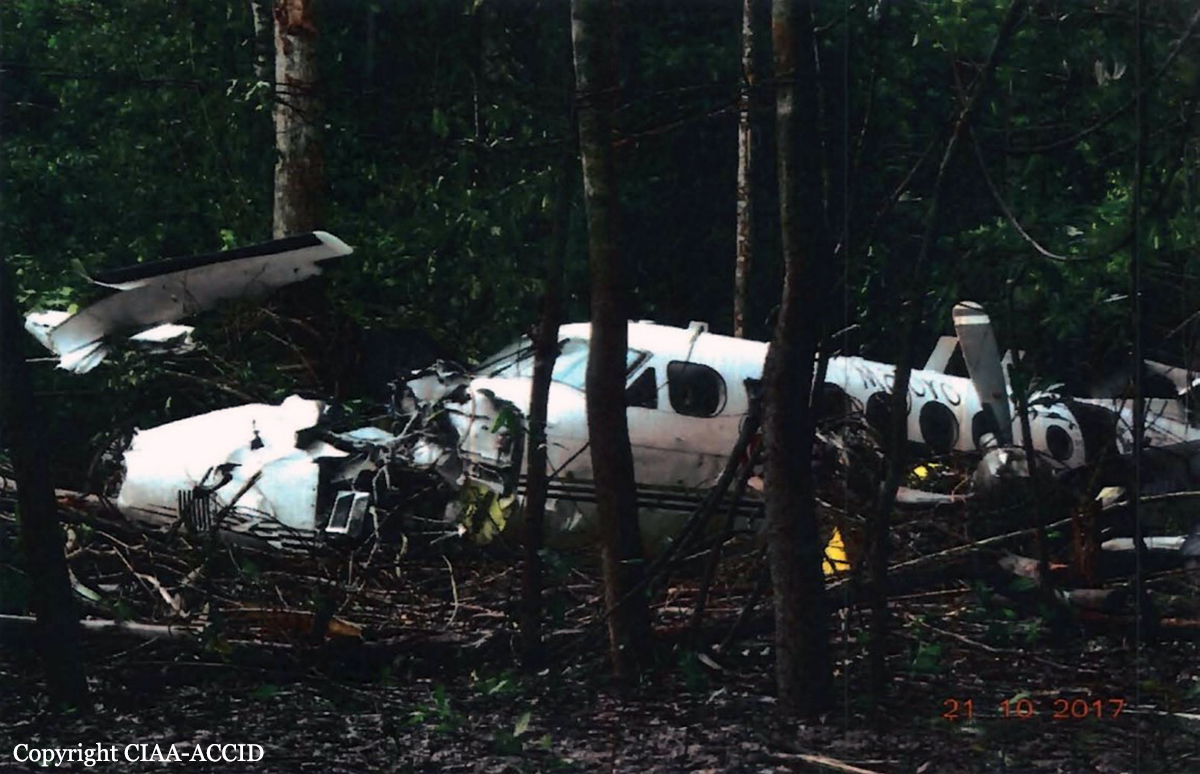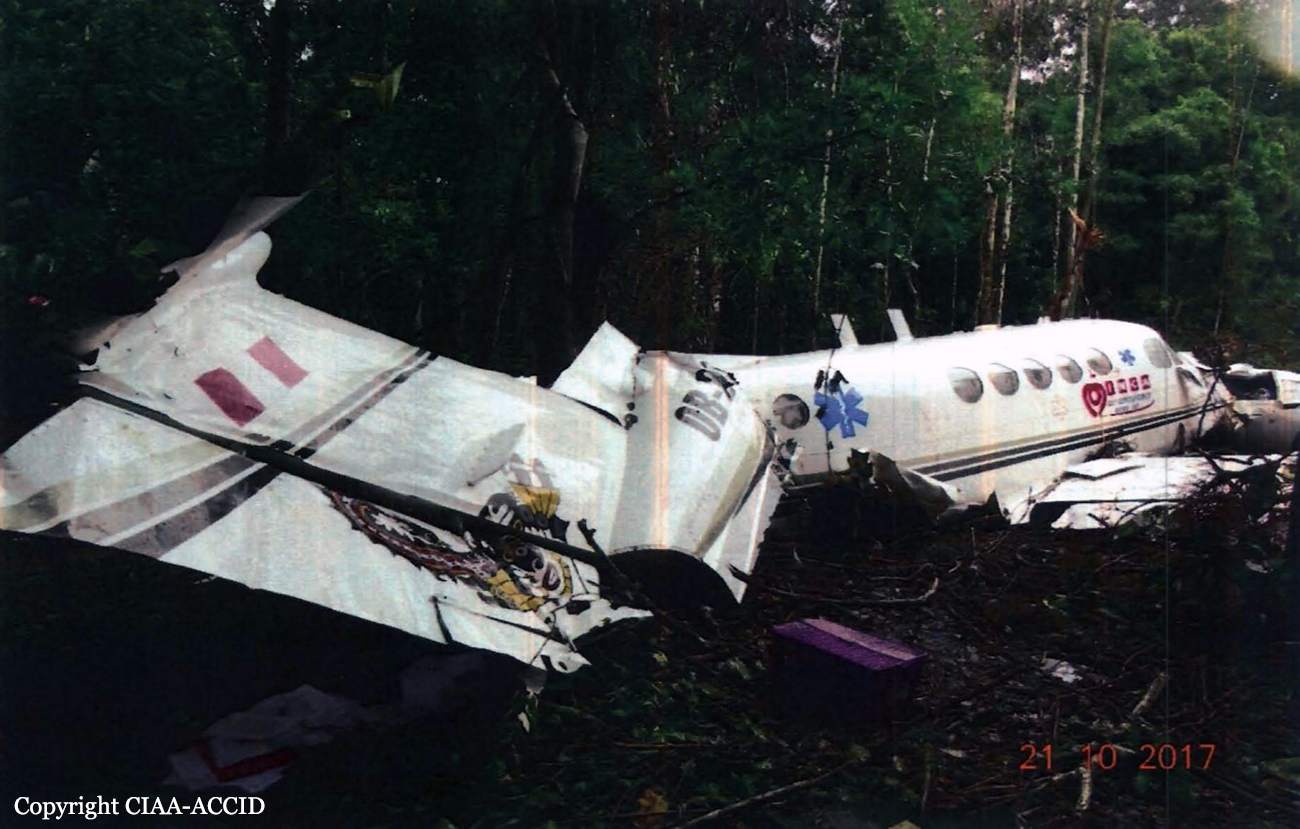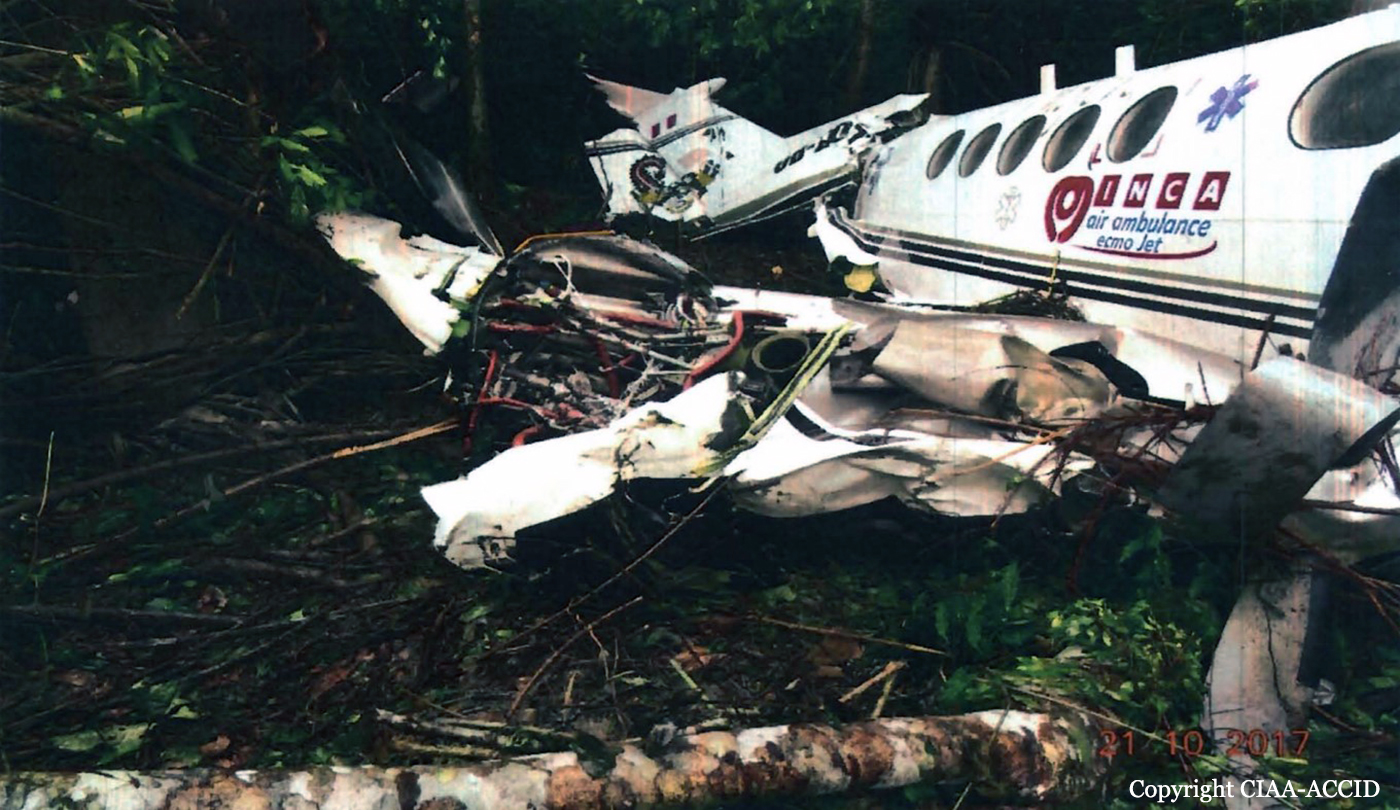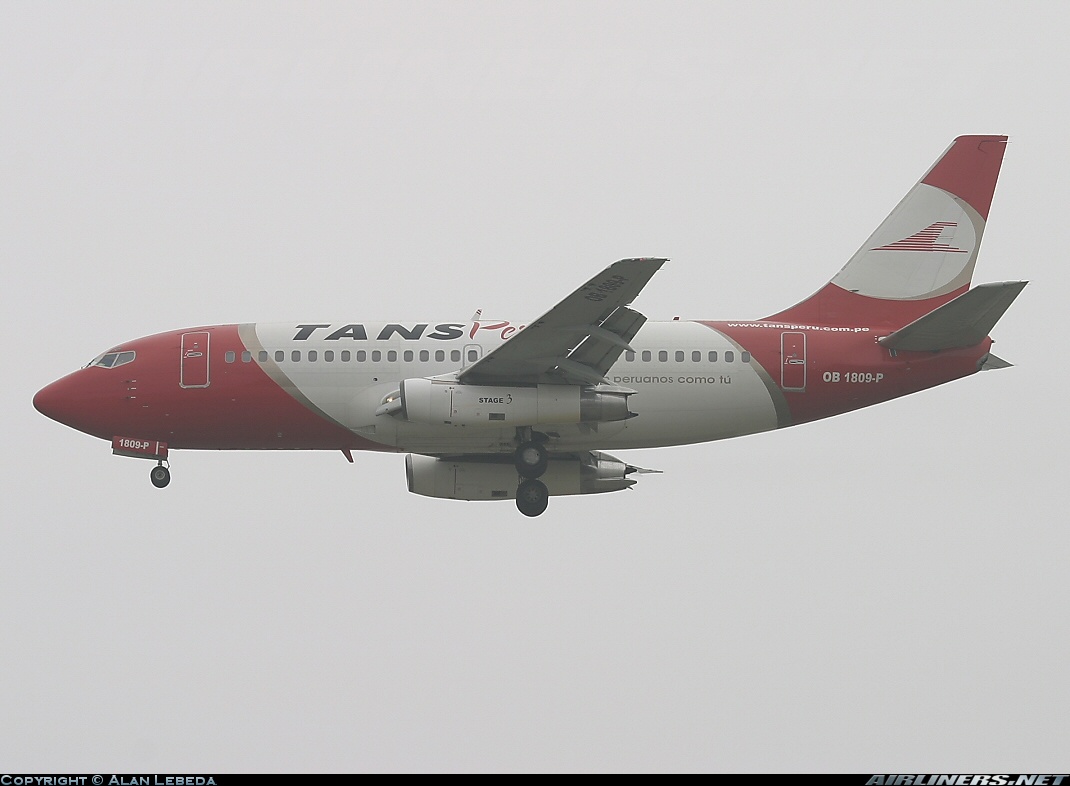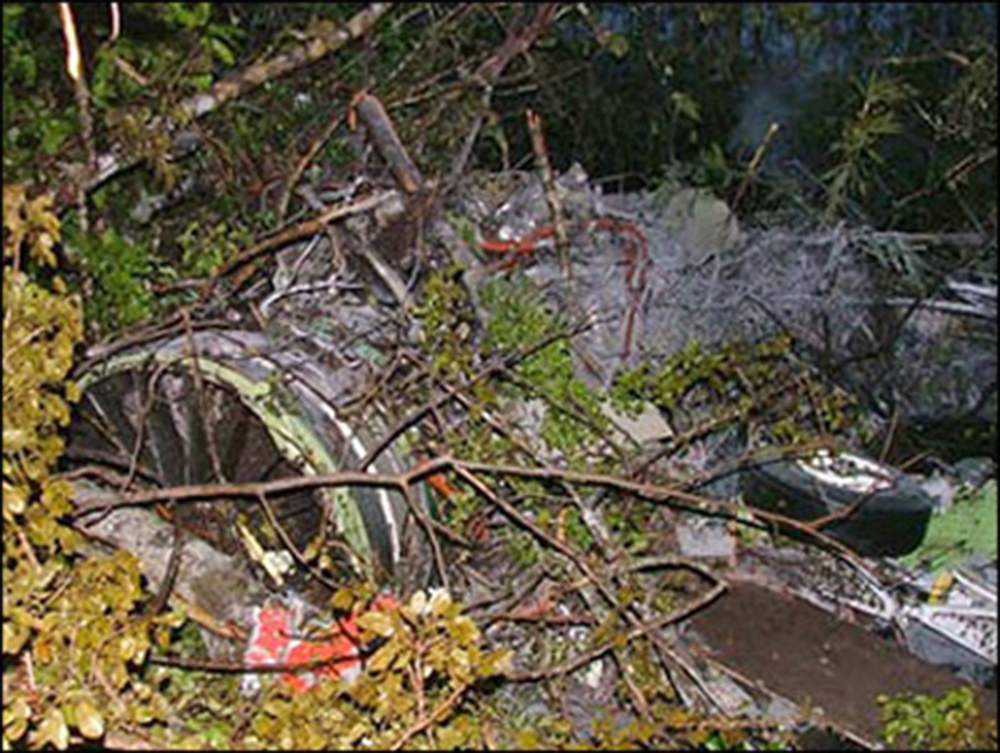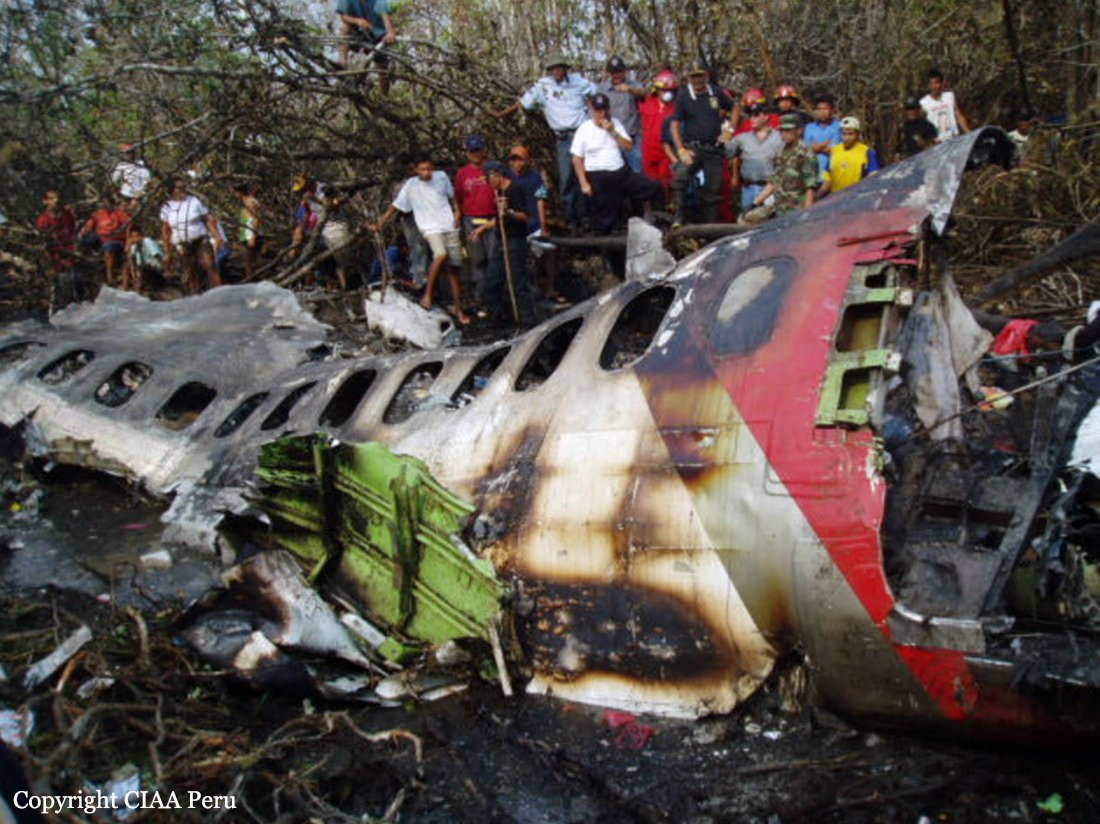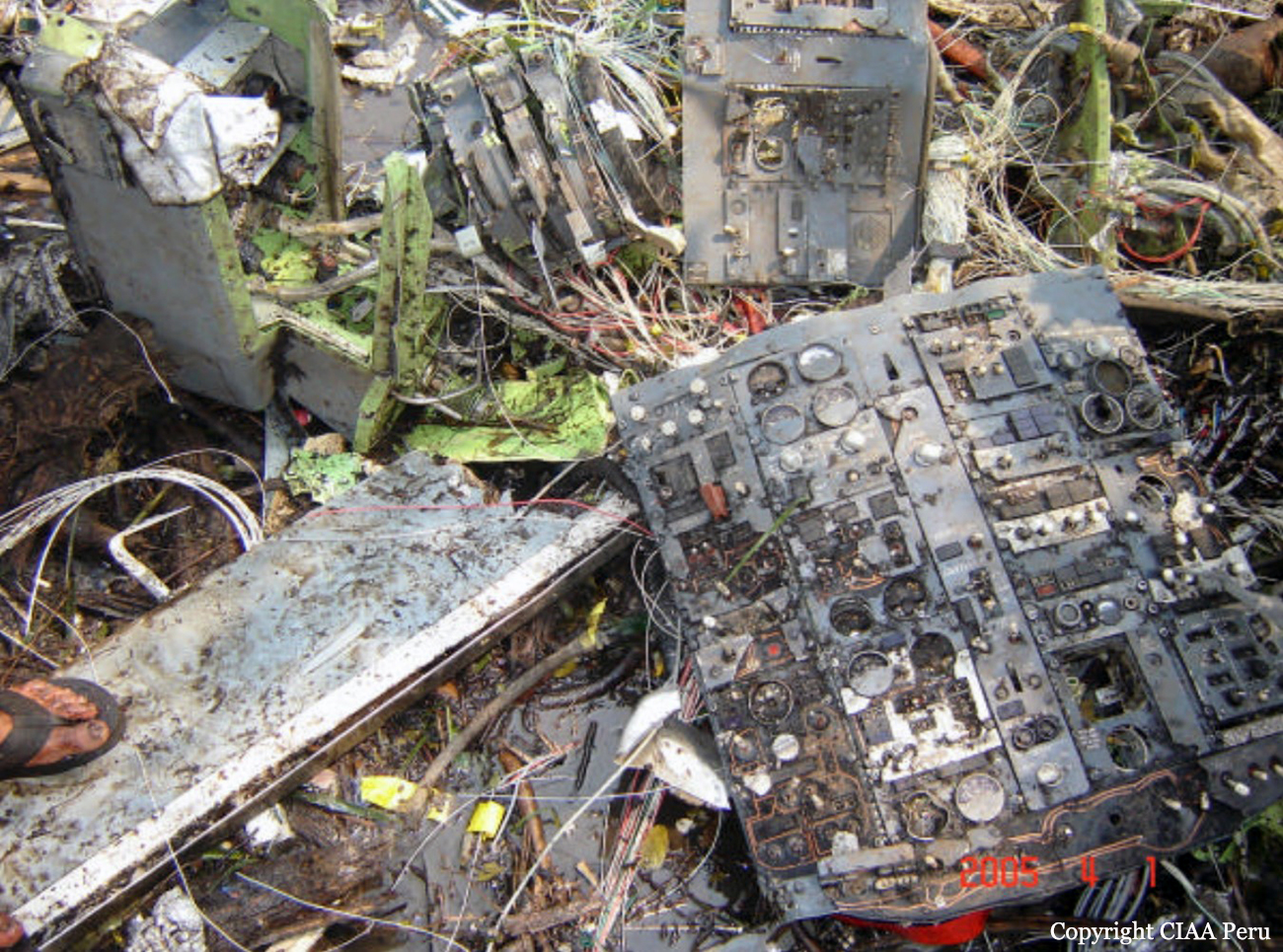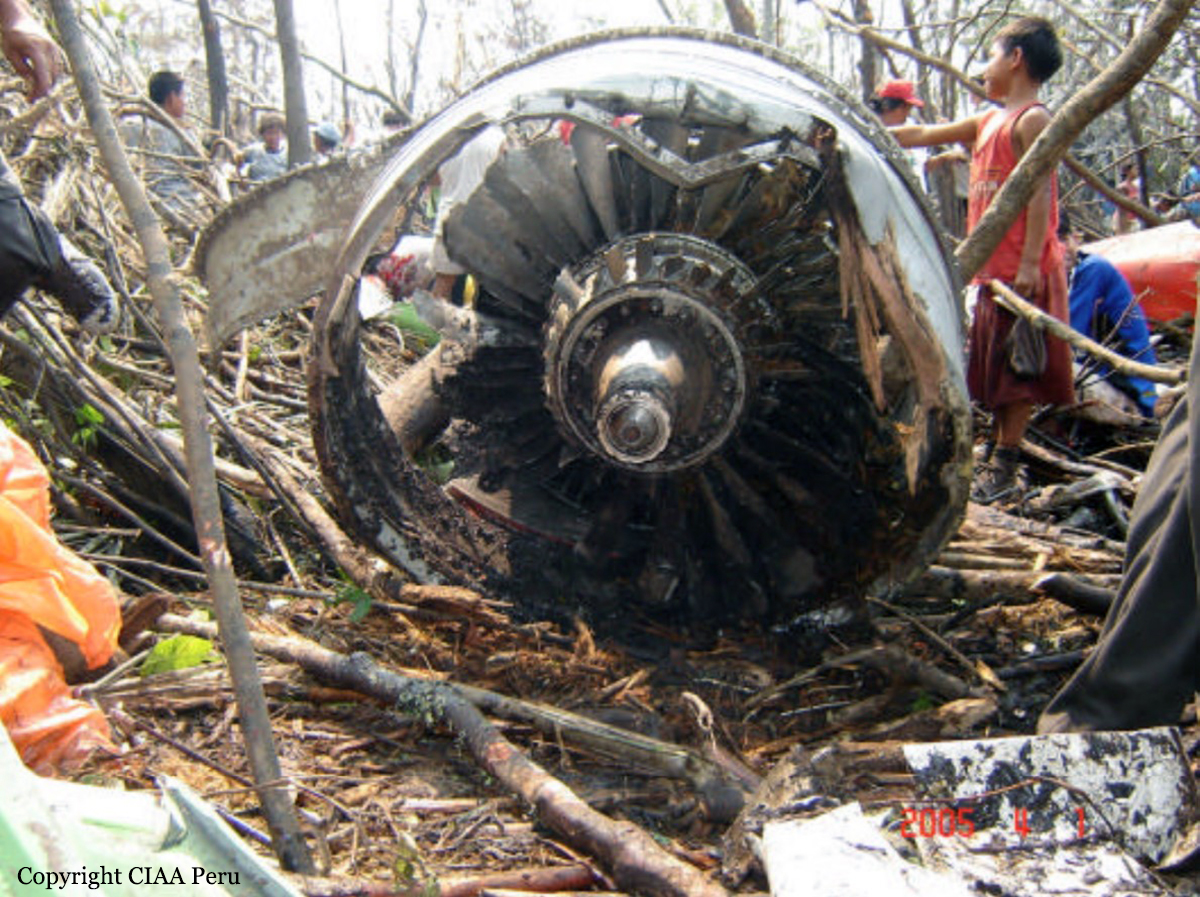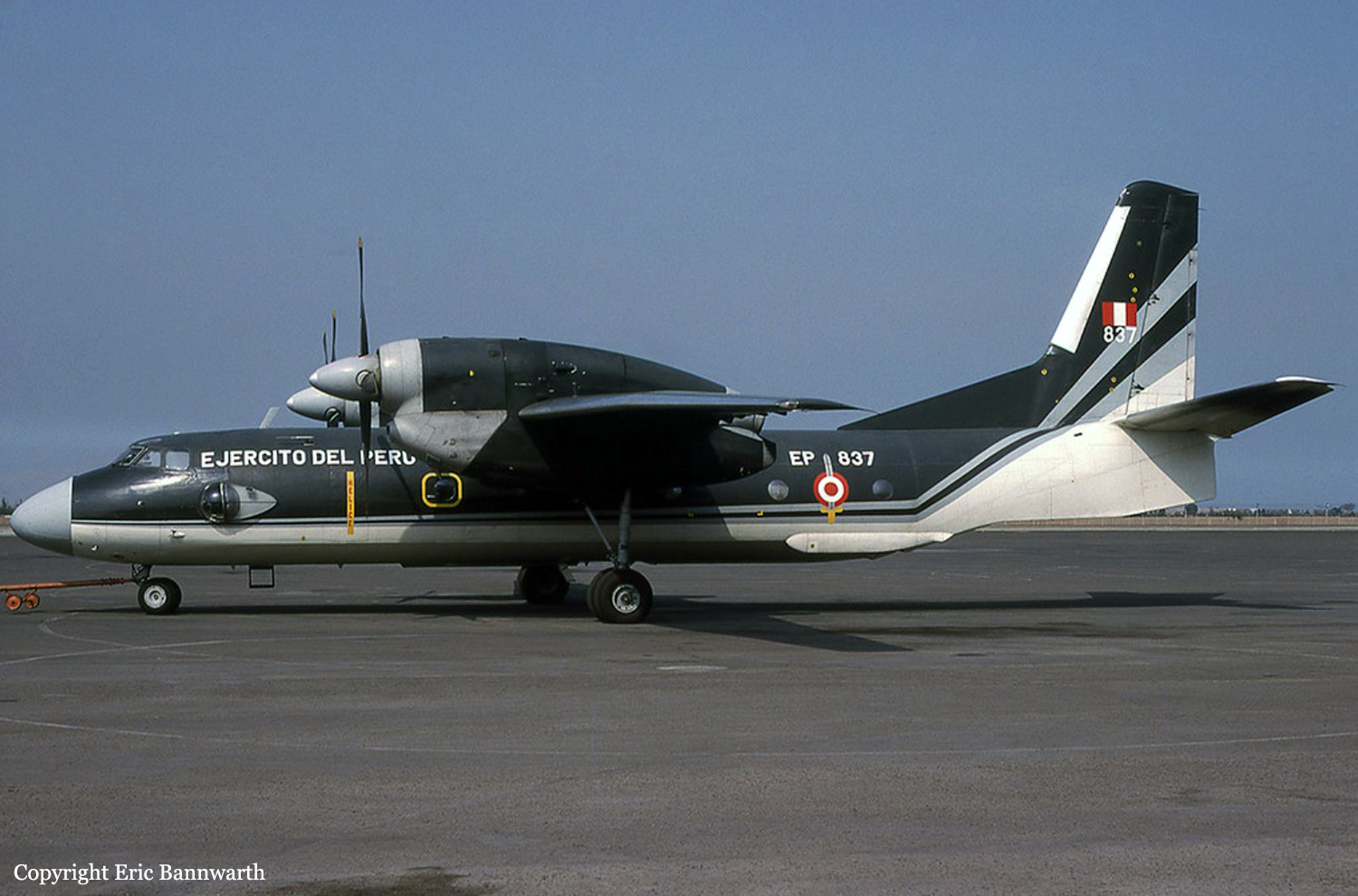Crash of a Pilatus PC-6/B2-H4 Turbo Porter in Breu: 1killed
Date & Time:
Oct 29, 2023 at 1100 LT
Registration:
OB-1600
Survivors:
Yes
Schedule:
Pucallpa – Breu
MSN:
789
YOM:
1977
Crew on board:
2
Crew fatalities:
Pax on board:
0
Pax fatalities:
Other fatalities:
Total fatalities:
1
Circumstances:
The single engine airplane departed Pucallpa-Captain David Abensur Rengifo Airport around 1000LT on a cargo flight to Breu with two pilots on board. On approach to Breu-Tipishsa Airport, the airplane crashed in unknown circumstances in a wooded area located about 4 km northwest of Breu. The captain was killed and the copilot was injured.
